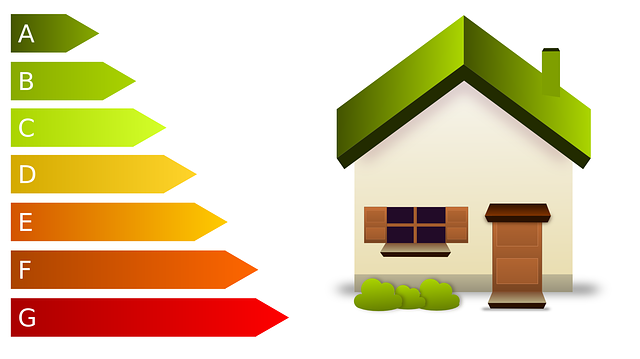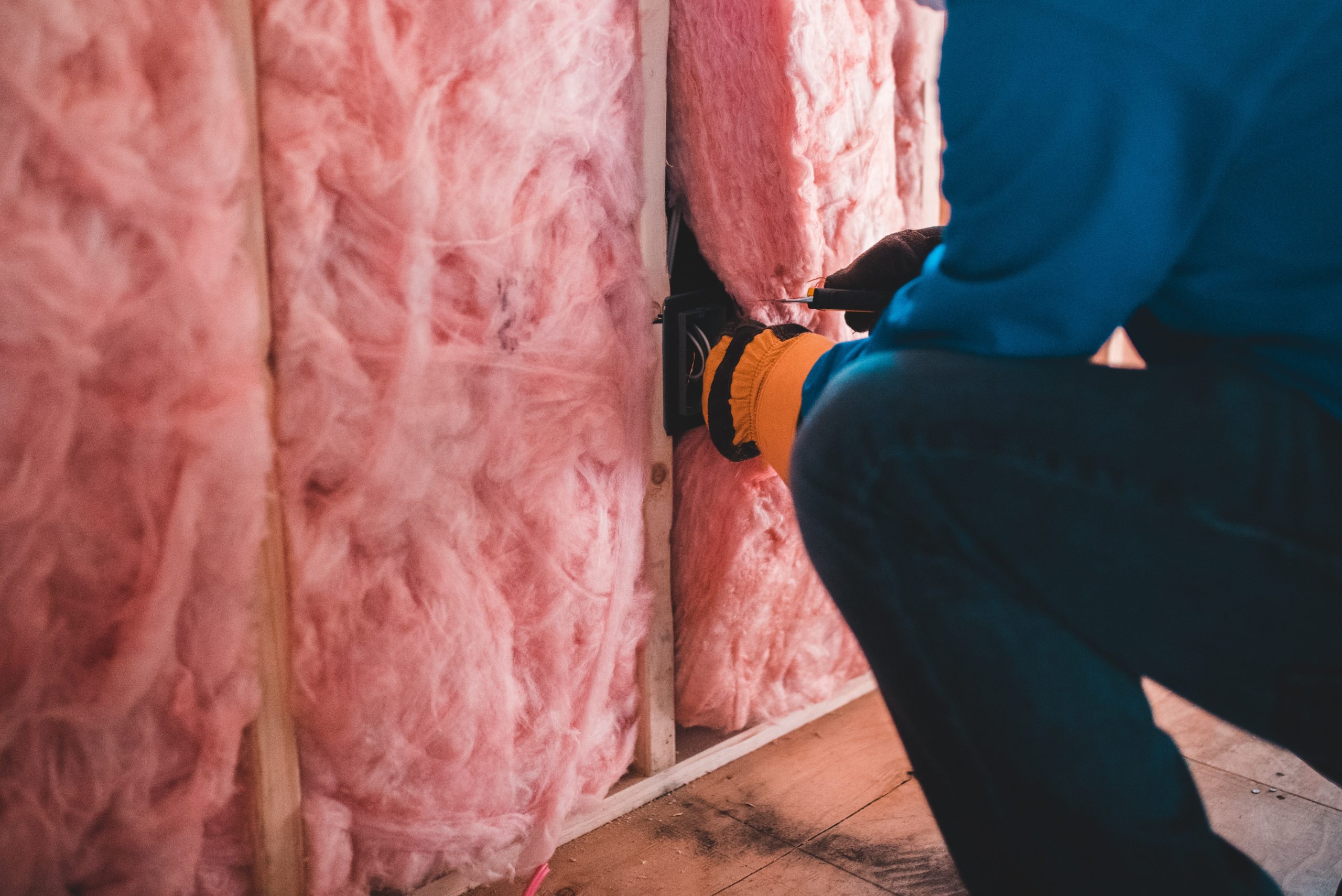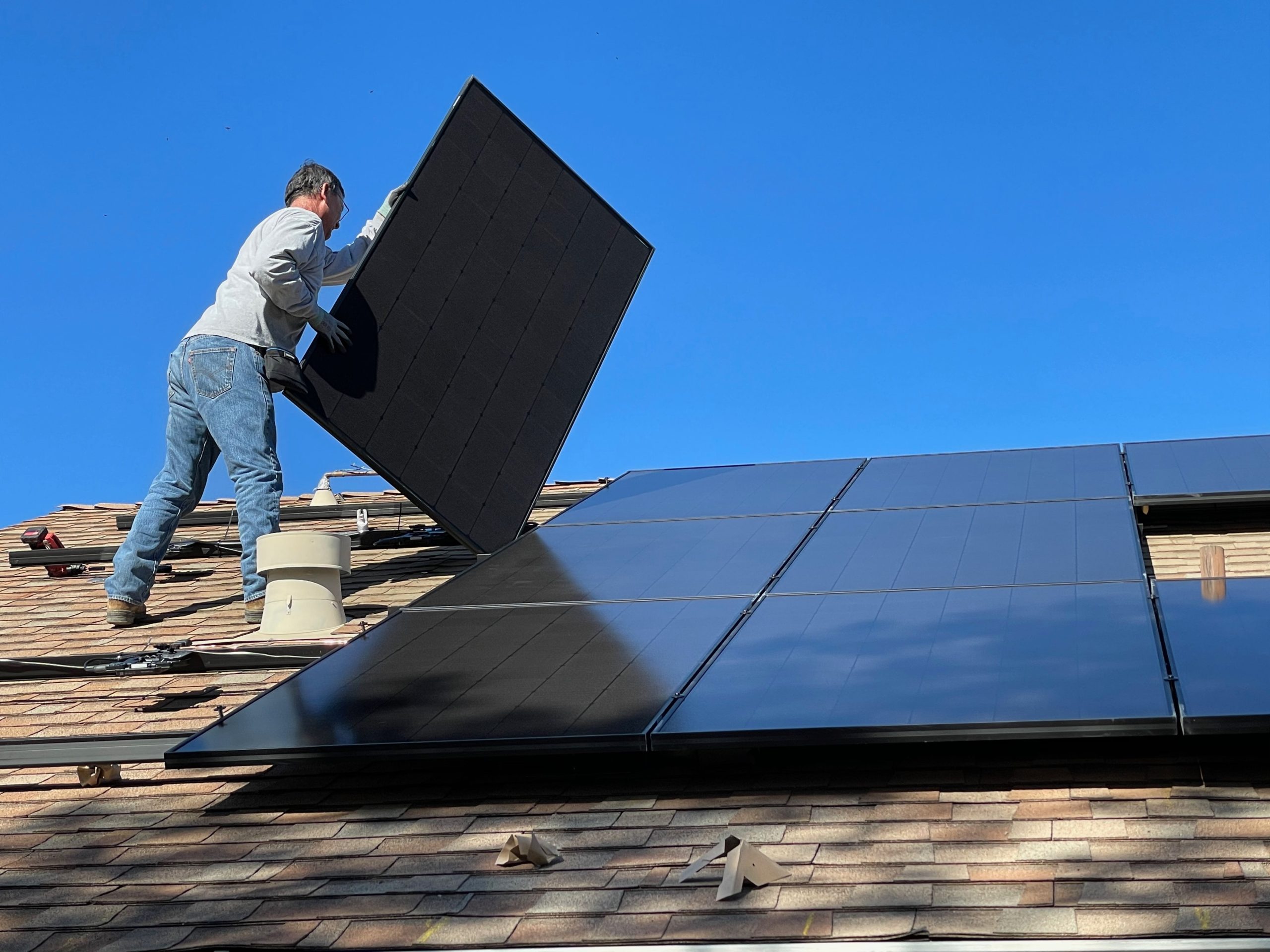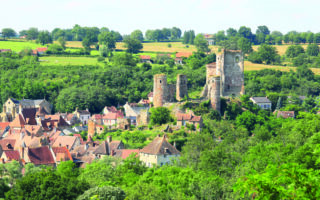Save on energy prices by retrofitting your French home

Do you own a draughty old French farmhouse with roses round the door and eye-watering energy bills? Join the retrofit revolution, advises Ruth Wood
Whether you’re carnivore, omnivore or herbivore, one thing you don’t want to be right now is ‘énergivore’ – the French term for energy-intensive.
Even before the war in Ukraine, fuel prices were already shooting up worldwide, with UK households told to expect a 54% spike in energy bills in the spring.
A year ago, heating oil in France cost around €0.86 a litre. But as world economies began to recover from the pandemic, global demand soared, taking oil prices with it. Then came Russia’s invasion of Ukraine in February, pushing the price to a high of €1.75 a litre. Although France generates 70%-80% of its electricity through nuclear power and gets only about 25% of its gas from Russia, the French government said it might have to spend €20bn this year alone to protect householders from alarming energy bill hikes.
One silver lining is that an eco-renovation revolution is underway to make France’s housing stock less reliant on fossil fuels. As part of efforts to cut the EU’s greenhouse gas emissions to at least 55% below 1990 levels by 2030, the French government has brought in a slew of carrot-and-stick measures for homeowners.
The carrots are grants, loans and tax relief for eco-renovations, along with a new government service offering support. Even Brits with holiday homes in France should be able to get some aid. The sticks are bans and tighter standards. Oil and coal-fired boilers can no longer be installed in homes, although you can continue to operate existing boilers. New-build homes must now generate more energy than they consume, due to the new RE2020 regulations, and builders must use less concrete and more timber. From next year these rules will also be applied to extensions.
Then there’s the new version of the energy performance certificate (diagnostic de performance énergétique or DPE), which must now, by law, be given to all potential buyers of a property. It rates properties from A-G (A being the best) based on their likely annual energy consumption and greenhouse gas emissions. The new DPE also now details the theoretical cost of a property’s energy bills and a plan for bringing energy-wasteful properties up to Class A or B.
So, what can you do if you own a romantic old stone house with roses around the door and eye-watering energy bills?
Insulate your home
Start by insulating, recommends architect Neil Vesma, who is based in Lotet-Garonne. “Insulation is not just about keeping warm, but keeping cool also, especially in the south of France,” says Neil, who writes French Property News‘ Architect’s Diary column. “Unless you have very pretty stonework, it’s worth insulating the external walls as this creates a heat sink which helps avoid overheating and chilling inside. The walls can then be finished externally in boarding, render or masonry, though you need to ensure there is sufficient roof overhang to accommodate the increased thickness. Existing stone walls can be exposed on the inside.”
The latest regulations for new-builds require 30cm of rockwool roof insulation, and this is particularly worthwhile in uncomfortably hot attics that would otherwise require air-con, even if it lowers the headroom, says Neil.
Insulation can make a dramatic difference, as Abigail Wells-Davies discovered when she took on a centuries-old mansion and barn in Charente.
“We installed double glazing and packed out the attic with 20cm of rock wool, and it changed the energy rating of our home from E to C, almost B,” she says. “It also reduced our heating costs by at least €1,000 a year for a six-bedroom house. We went from ordering two brasse (4m3) of wood a year to one brasse. Usually, we had a delivery of 800 litres of oil four times a year, but this dropped to twice a year after the windows and insulation had been installed.”
Carine Stiefvater and Michel Viey also put a huge emphasis on insulation when they moved to Dordogne and began renovating an old farmhouse and ruined barn dating back to the 1700s. By insulating some walls on the interior and some on the exterior, they managed to create a beautiful home with charming exposed stonework, yet a top A-rating for both energy consumption and greenhouse gas emissions.
“We insulated the floor with 10cm of polystyrene before laying slabs on top, and the parquet was laid on joists to create a mass of insulating air,” explains Carine. “The floor between the first floor and the attic was insulated with 20cm of rock wool and the roof was also insulated with 20cm of polyurethane panels.”
The windows are all double glazed and have aluminium frames with ‘thermal breaks’, which means there’s an insulating material between the two layers of aluminium to stop it conducting heat. Similarly, the shutters are made of aluminium injected with insulating polyurethane. “Coupled with the thickness of the old walls, this keeps the home warm in winter and cool in summer,” says Carine.

Ventilate your property
Ventilation is an essential partner to insulation. Old stone buildings, in particular, need to ‘breathe’, allowing moisture to come and go in order to prevent damp and mould.
A good option is a controlled mechanical ventilation system (ventilation mechanique controlée or VMC) which can cost anywhere from €700 to €5,500 to buy and install, before financial aid.
Carine and Michel installed the most efficient kind – a VMC double flux hygroréglable. This has humidity-sensing vents that open to let moisture escape and fresh air come in (for example, while you’re having a shower) and close to prevent heat loss. The ‘double flux’ bit means that the incoming fresh air is heated by the outgoing stale air. A ‘simple flux’ system is cheaper.
They also installed a thermodynamic water heater (which recovers heat from the air to heat the water) and a STUV P10 pellet stove with the ‘flamme verte’ label, which reduces particle pollution. “The pellet stove has been a marvel,” says Carine. “The impact of all these choices allows us to heat our house at a lower cost with renewable energy, very little electricity and practically no fine particles.” Carine and Michel are now selling up and embarking on a new adventure.
Install a heat pump
With oil and gas heating being phased out in France, renewable energy is becoming increasingly popular. But modern electric storage heaters or radiant panels remain an option for heating small and well-insulated spaces. Though electric heating is expensive to run, the equipment is quick and cheap to install, and using it in combination with an efficient woodburner is a low-carbon option as most of France’s electricity comes from fossil-free sources.
More and more homes are installing heat pumps (pompes à chaleur or PACs), however. Instead of burning fuel, these capture thermal energy, either from the air or the ground.
An air-source (aerothermal) heat pump, the most common type, is most suited to areas with mild winters. It sits outside your property and has a rotating fan that draws air over a network of tubes containing a liquid called a refrigerant. Because the liquid has a very low boiling point, even air as cold as -15oC can heat it up, turning it into gas. The gas is compressed, which heats it up further, and then transfers its thermal energy to air or water circulating around your home via radiators, underfloor heating and/or the hot water tank. Meanwhile, the refrigerant condenses into liquid and the cycle resumes.
Electricity is needed to run the compressor and circulating pump, but it generates more power than it takes to run.
For a pump that powers both your heating and hot water, the equipment and installation typically costs €10,000-€16,000 before grants), depending on whether you need new radiators and/or underfloor pipework. According to energy renovation specialist Effy (effy.fr), a typical air-source heat pump will save you €1,000 a year and pay for itself in about three years.
Venetia Hos-Edwards installed an air-source heat pump at her home in Corrèze 10 years ago. “It works with our original radiators and is ugly but great,” she says. “We were on gas before and our bills are about half what they used to be. It’s a no-brainer.”
Geothermal heat pumps work in a similar way but with buried collectors recovering constant heat from the ground or water table. They are more efficient than air-source pumps but also more expensive at €10,000-€20,000. You’ll either need a large space for trenches to be laid or vertical boreholes up to 200m deep. You will also need space roughly the size of an American fridge for the indoor unit, which often contains a hot water cylinder.
Wood heating in your French home
Southern France is one of the most forested regions in Europe and wood remains the cheapest, most stable-priced fuel on the market. Wood can be sourced locally and is a renewable energy if it comes from French or sustainably managed forests.
Open fireplaces are banned from French new-builds as of this year as they emit a lot of polluting small particles, something that can also make woodburning stoves a bad choice in cities and towns. However, it is possible to buy low-pollution woodburning appliances, including boilers fed with logs, pellets or wood shavings for both heating and hot water production. A pellet boiler with the ‘Flamme verte 7’ label, for example, will emit only 0.05g of fine particles per kilowatt hour compared with 2.7g for an open fire, say energy renovation specialists Effy. A good quality pellet boiler will cost between €4,000 and €7,000 and if you need a new flue, this could add €1,500-€3,000, Effy adds.

Solar panels in France
Solar panels have a lifespan of 20-30 years and are a long-term investment that takes about seven to 15 years to pay off.
Particularly suited to cold and sunny regions (and properties with south-facing roofs), they come in three main types. Photovoltaic panels convert sunlight to electricity to power appliances in your home. Thermal panels capture heat to produce domestic hot water and sometimes also water for central heating. Hybrid panels can produce both electricity and domestic hot water, and supply your central heating if you opt for a combined solar system. A back-up solution using another energy source is essential.
You can produce electricity solely for your own consumption, sell your surplus to the national grid or produce electricity purely to sell to the grid. It is possible to store surplus photovoltaic electricity in batteries (expensive but the costs are coming down as technology improves) or divert it to begin heating your water.
There are so many factors and options that it is difficult to give even ballpark prices, but Effy estimates that a typical home’s 3kWp installation (15m2 of photovoltaic panels) would cost €8,000-€12,000.
Real life: “Our heat pumps are fantastic”
Architects Graham and Mikaela Howard used French government grants to help fund two heat pumps when they bought an 1850s farmhouse in Gers 15 years ago.
“When we arrived the house had an old oil-fired boiler which cost a fortune to run,” says Graham, who has been designing energy-efficient buildings since the 1970s. “It was an absolute no-no.”
As well as insulating their property, the couple put in two Stiebel Eltron heat pumps (one provides flexibility to heat the pool but has not been needed so far). The ground floor already had underfloor heating so the new system was simply connected to the existing pipework; then compatible new radiators were installed upstairs. “It was about €30,000 for all the work and the grant covered about a third,” says Graham. “It was a high capital cost, but it paid for itself in less than six years.”
After receiving an eyewatering quote to remove the tank of remaining liquid petroleum gas buried in the garden, the Howards decided to keep it and use gas for occasional cooking. Fifteen years on, Graham reckons his LPG supply could last another 25-30 years.
“Our heat pumps have been absolutely fantastic, even in an exceptional winter we had when the temperature went down to -18oC,” says Graham.
“Heat pumps can overwork and even fail if they are too small, so it’s important to get the correct size. Think about ceiling height, not just square metres, as it’s the volume that counts. We deliberately put in oversized pumps as the bigger the fan the more efficient it is. “We have sited ours where you drive in and park cars; it’s not intrusive and the noise is similar to a fridge. If smaller pumps are located close to a house, it would be essential that measures are taken to reduce potential noise.”
Mikaela died six years ago, and Graham is now moving back to the UK with his partner Kathy. Although he is sad to sell up, the new owners will surely be delighted by the economical home he leaves behind. “We planned to put a south-facing roof over the
heat pumps, so photovoltaic cells and a battery store could be installed in the future,” he said. “With a little effort the house could become totally off-grid.”
Adding value to your French property
Energy-efficiency features have not necessarily added value to French property until recently, for two main reasons. Firstly, there’s a tradition of basing valuation on a property’s surface area and condition. Secondly, homebuyers have not wanted to pay a premium for work subsidised via grants. However, buyers are becoming more “energy sensitive,” says Edward Landau of Gascony-based Agence Le Bonheur. “We are finding downward pressure on properties with poor ratings, and estimated costs of energy bills are often now used in negotiations,” he said. “Recent energy price swings and the increased costs of materials and labour are pushing the prices of energy-efficient homes upwards.”
Share to: Facebook Twitter LinkedIn Email
More in energy efficiency, renovation
By Ruth Wood
Leave a reply
Your email address will not be published. Required fields are marked *




REPLY
REPLY